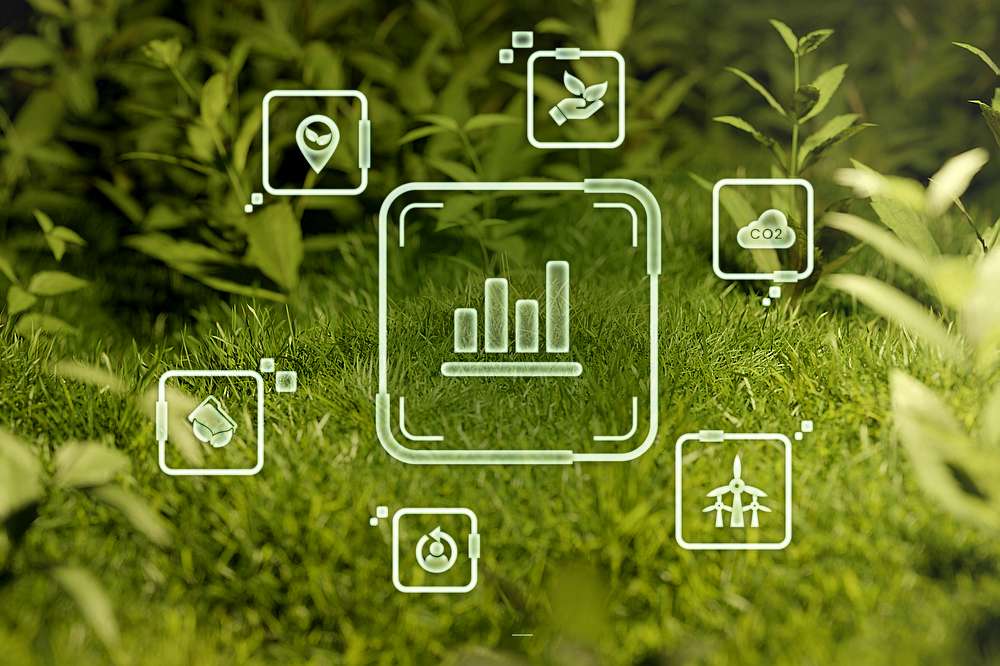Obtain news and background information about sealing technology, get in touch with innovative products – subscribe to the free e-mail newsletter.

22.04.2024
From Plane to Ship
“Some goods have to be transported very quickly from one continent to another. The only way we can do this is by plane. Others are less time sensitive. That is where our project team comes in,” points out Paul Slutz, Logistics Manager at the U.S. Corteco facility in Milan, Ohio.” Together with colleagues from various departments, Slutz analyzed which products could be transported to customers by ship instead of CO2-intensive air freight.
The project team based its decision on a list of criteria. These included the frequency with which a product is purchased, the quantity and price, the weight of the shipment, the importance of the ordered part in the supply chain, and a comparison of warehousing costs with transportation costs. In the end, the project team identified a number of shippable products and asked FST Customer Service in Weinheim, Germany, to make the necessary changes to customer accounts to accommodate the change. Then everything was stored in SAP.
Setting Sail
"Customer satisfaction is always our top priority. But if we can do so much good for the environment and save costs at the same time with a slight change like the standard shipping method, then we should do it," says Slutz. "By changing the shipping mode for some of our freight, we were able to save a whopping 43% of CO2 in 2023 compared to 2022. While around 340 metric tons of carbon dioxide was produced in 2022, in 2023 it was only around 193 metric tons.” An impressive figure.
Milan is currently shipping a comparatively small portion of its portfolio by sea. In terms of volume and weight, however, this represents a big change. The Corteco team continues its efforts this year, targeting an additional 6 metric tons for the transition from air to sea. The site also hopes to inspire others to evaluate new transportation options.
More Stories About Sustainability

Join Us!
Experience Freudenberg Sealing Technologies, its products and service offerings in text and videos, network with colleagues and stakeholders, and make valuable business contacts.
Connect on LinkedIn! open_in_new









